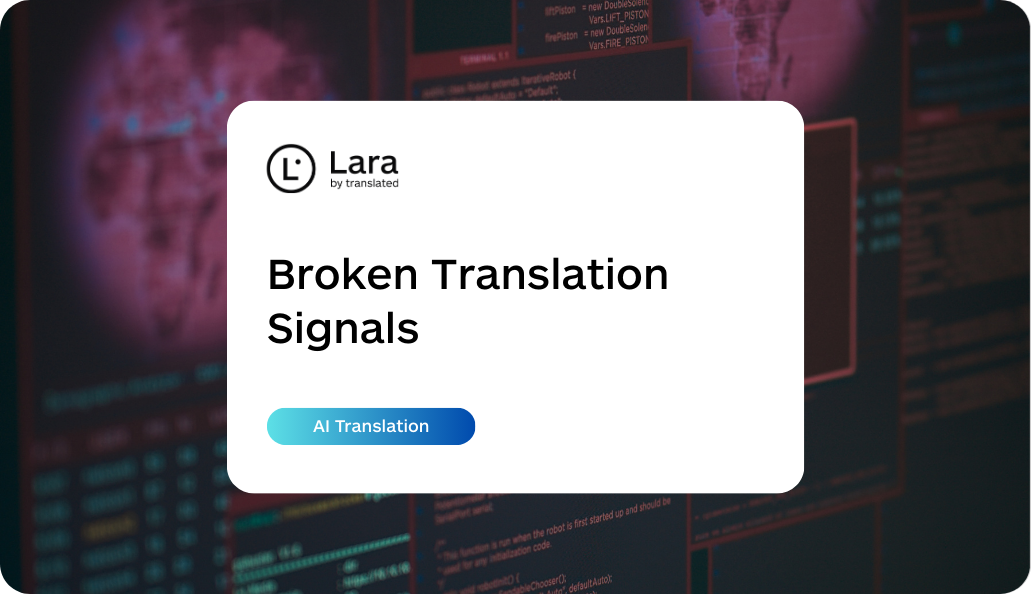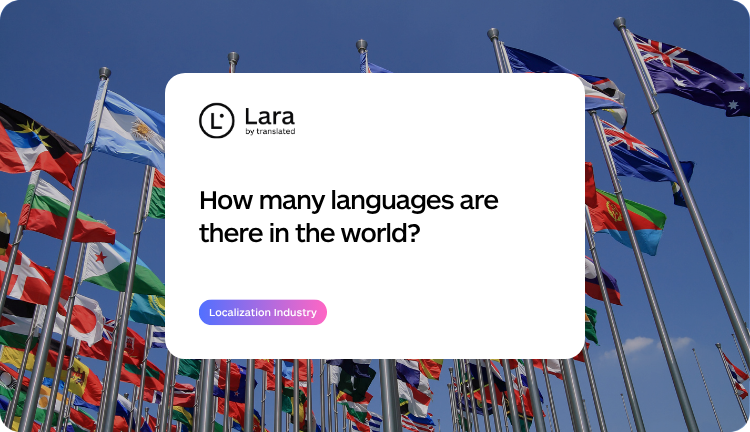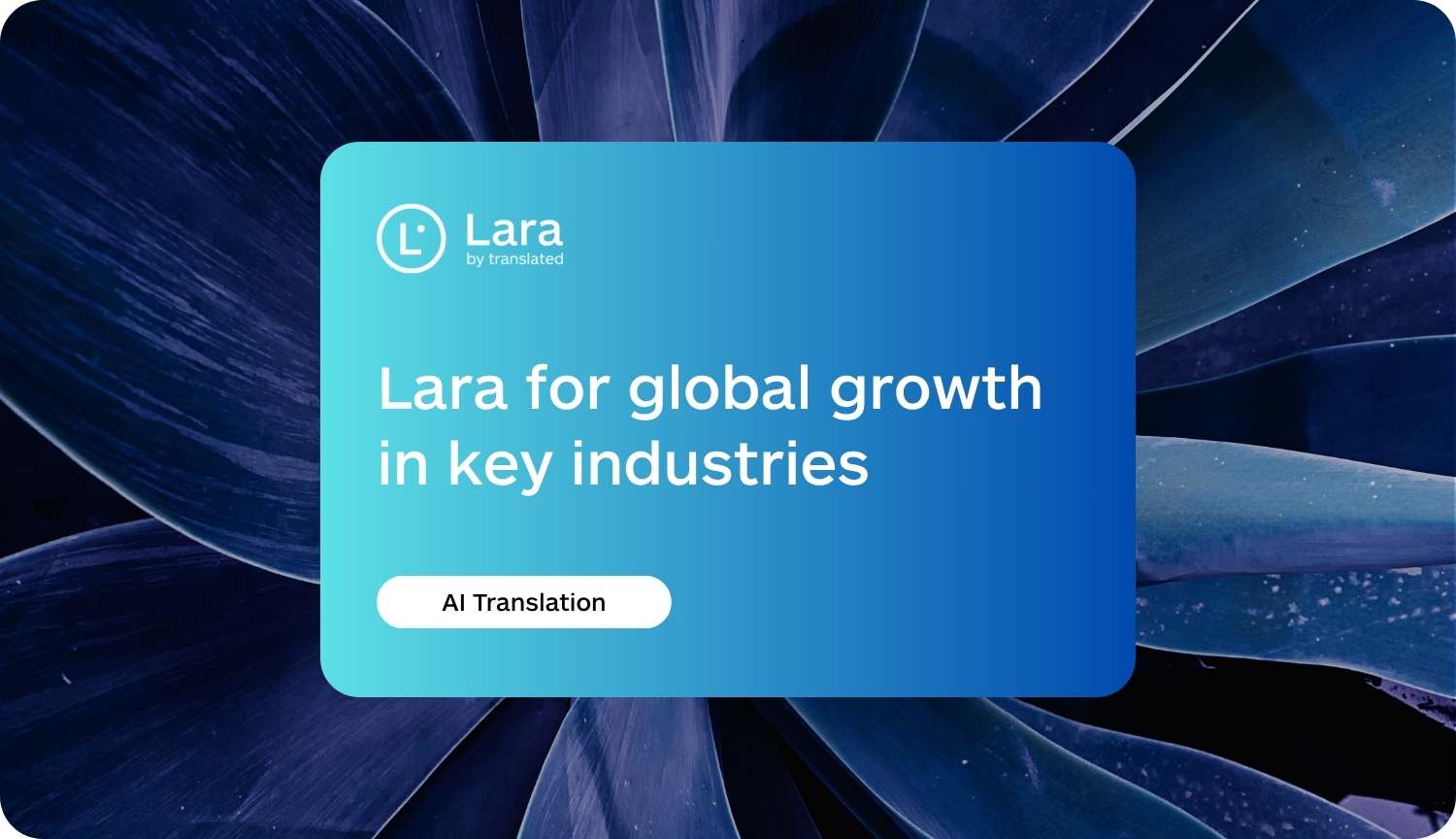When operating across language barriers, inefficient translation systems can silently undermine your business growth. Many organizations limp through their daily translation tasks without realizing that their workflow issues stem from deeper, systemic problems. Here are the seven most common translation problems that indicate your translation process is failing, and understanding these signs your translation process is failing is the first step toward meaningful improvement.
1. Escalating costs without quality improvements
Nothing’s more frustrating than watching your translation budget grow while the results stay the same. When teams face translation workflow issues, they often keep throwing money at the problem without addressing the real issue. When your translation budget grows while output quality remains unchanged, your process has fundamental flaws that demand attention.
Key indicators:
- Monthly translation expenses climbing despite static content volumes
- Same error types recurring across projects
- No cost reduction even with growing Translation Memory databases
- Additional review cycles becoming standard rather than exceptional
2. Inconsistent brand voice across languages
Brand consistency should transcend language barriers, yet many organizations struggle with maintaining their unique voice internationally. This challenge often results from translation bottlenecks in communication and resource sharing.
Warning signs of translation process failure:
- Product descriptions varying significantly between markets
- Different terms for identical concepts across regional websites
- Tone shifting from professional to casual between languages
- Cultural adaptations contradicting brand guidelines
3. Lengthy turnaround times
Speed matters in global business operations, where delays translate directly into missed opportunities. When broken translation processes bog down your content timeline, competitive advantage slips away.
Common translation bottlenecks include:
- Manual file transfer between departments
- Sequential rather than parallel processing
- Developer availability blocking content updates
- Multiple approval cycles causing delays
4. Frequent communication breakdowns
Communication flows are vital for successful translation projects. Translation review gaps emerge when teams operate in isolation, leading to misunderstandings that compound throughout the workflow.
Signs of communication inefficiency:
- Endless email chains about project status
- Translators requesting clarification after submission
- Context lost between different workflow stages
- No real-time feedback mechanisms
5. Lack of translation memory utilization
Resource optimization forms the backbone of efficient translation operations. Teams experiencing workflow inefficiencies often overlook their most valuable asset: previously translated content.
Symptoms of underutilized resources:
- Repeated translation of identical phrases
- No system for sharing approved terminology
- Manual searching through old projects
- Inconsistent translations of recurring content
6. Quality control gaps
Quality assurance prevents costly errors and protects brand reputation. Inconsistent translation quality damages international credibility and customer trust.
Critical quality issues:
- Cultural inappropriateness going undetected
- Technical terminology incorrectly translated
- Formatting inconsistencies across languages
- Missing peer review processes
7. Poor scalability
Growth exposes system limitations faster than any audit. When your broken localization pipeline struggles with increased volume or additional languages, infrastructure gaps become painfully obvious.
Scalability warning signs:
- Performance degradation with higher volumes
- Manual processes overwhelming staff
- Limited simultaneous language support
- New file format compatibility issues
When to fix your translation workflow
Timing matters when addressing translation process failure. The optimal moment for transformation combines urgent need with available resources. Consider immediate action if:
- Project delays exceed acceptable thresholds
- Quality complaints increase from stakeholders
- Cost overruns exceed budget by 20% or more
- Competitive pressure intensifies in global markets
Translation process audit checklist
Conduct a comprehensive evaluation using this checklist to identify causes of translation process failure:
Technical assessment:
- Translation Memory usage and effectiveness
- Automation level in content extraction
- API integration capabilities
- File format support range
Workflow evaluation:
- Average turnaround time per language
- Number of revision cycles required
- Communication efficiency between teams
- Quality control measures in place
Resource analysis:
- Cost per word by language pair
- Translator utilization rates
- Review process duration
- Tool adoption across teams
How to spot translation workflow issues
Early detection prevents minor problems from escalating into major disruptions. Translation errors due to bad process often follow predictable patterns that alert teams to underlying issues.
Early warning indicators:
- Recurring error types across projects
- Increasing time-to-market for localized content
- Growing translator frustration feedback
- Rising costs without proportional output gains
Moving forward with process optimization
Platforms like Lara Translate address these symptoms systematically. By combining artificial intelligence with human expertise, organizations transform translation from a cost center into a strategic growth driver.
Transform your approach from reactive problem-solving to proactive process optimization. The right solution eliminates translation bottlenecks while establishing sustainable workflows for international success.
FAQ
How can I quickly assess if my translation process needs attention?
Monitor these metrics weekly: turnaround time variations, revision frequency, cost-per-word trends, and translator satisfaction scores. Significant fluctuations indicate process strain.
What’s the first action for fixing translation workflow issues?
Document current workflows completely. Map every step from content creation to publication, identifying handoffs, approvals, and decision points to reveal bottlenecks.
How soon should organizations expect improvement after process changes?
Initial efficiency gains appear within 2-4 weeks. Full benefits, including reduced costs and improved quality, typically materialize over 3-6 months.
This article is about
- Seven critical symptoms revealing a broken translation process that impacts business efficiency
- How translation workflow issues create bottlenecks affecting time-to-market and costs
- Signs your translation process is failing through quality inconsistencies and communication breakdowns
- Common translation problems like underutilized resources and poor scalability
- Inefficient translation systems that waste resources and frustrate teams





